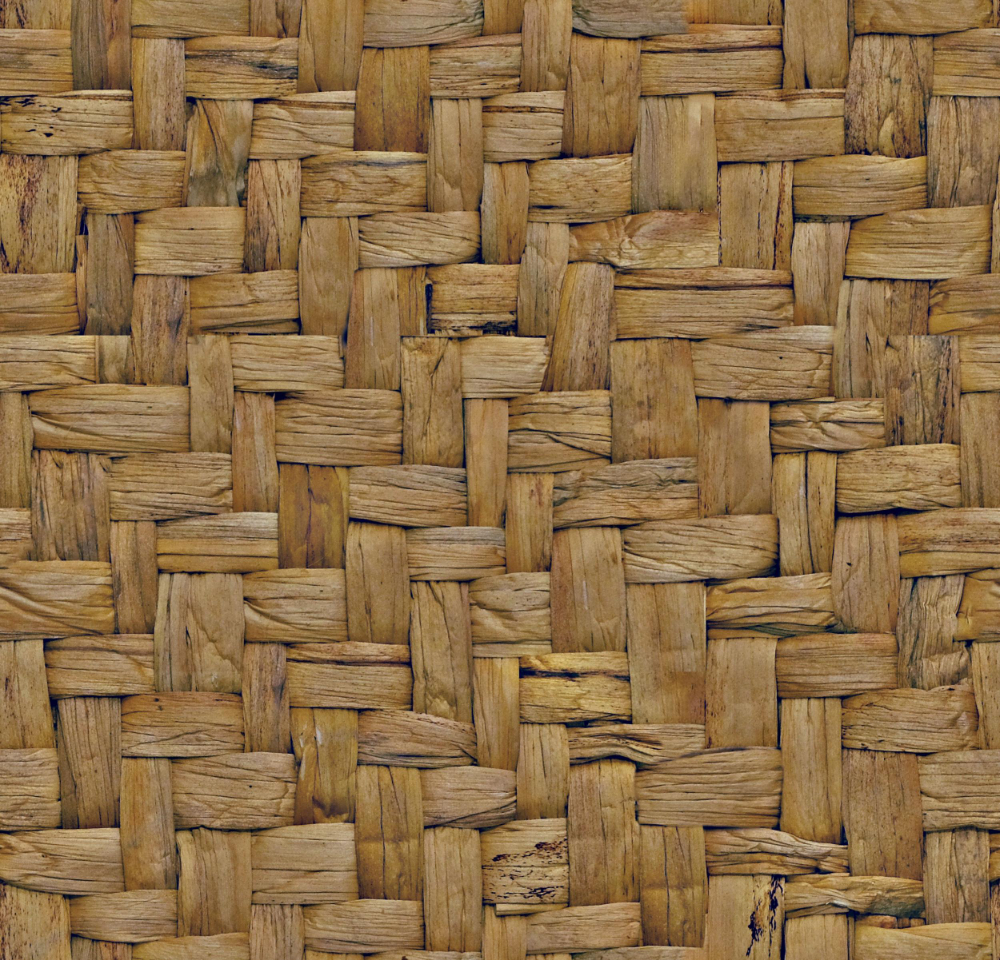Hyacinth Weave
Category
Fabric
Download
Edit
Hyacinth is a natural, fibrous material derived from an invasive species of water plant native to South America but found globally in tropical or sub-tropical climates. It is one of the fastest growing plants known, doubling in size every week or fortnight at its peak, expanding in number up to one hundred times in plant count within a month. Combined with their high resistance to most chemicals and its ability to effectively clone itself in large swathes, it quickly becomes a nuisance on waterways where its spread completely covers the surface of the water, simultaneously preventing safe navigation for boats and free movement of propellers and rudders, while the coverage of hyacinths’ leaves or pads block sunlight and vital nutrients for marine life below. This causes native underwater vegetation to die, while decaying hyacinth plants can be harmful to the water’s oxygen levels, reducing the amount of food and clean oxygen for fish, in turn driving down local fish populations while increasing disease and bacteria in waterways. The plant is also popular with parasites and disease carrying mosquitos.
Efforts have been made to clear the weed using chemicals as well as employing insect species which include the plant in their diet, albeit to limited effect. The most successful method for combating the expansion of hyacinths is mechanical removal, despite the time consuming process. It was only at the turn of this millennium that harvesters realised the plant fibres can be used as an alternative to bamboo, cane, jute, rattan or willow fibre. This was only discovered recently due in part to the demanding conditions for drying times and temperatures, to ensure the material is adequately malleable and can be woven favourably without being too dry and cracking, yet ensuring it retains durability. Once removed and dried correctly, hyacinth fibre is used as a strong performing weave fabric, resistant to moisture and chemical damage owing to its resilient nature and aquatic habitat. It can then be dyed and woven into an array of finishing patterns, while being water tight and low maintenance. Its strength yet soft feel and flexibility mean it can be used to form baskets and other items without the need for a frame or warp material, creating durable fabrics with limited movement or differentiation under stress. Harvested regularly, it keeps waterways clear and aquatic environments oxygen rich, with its rapid growth making for an efficient, renewable raw source material. Given the speed of its growth and the geographically diverse locations in which it grows, it has risen to popularity as an ecologically friendly fabric from a by-product of managing its aggressive, rapid growth and expansion.
Hyacinth can be handwoven into carpets, rugs, chair and sofa coverings, curtains, room dividers, screens, baskets, lampshades and a multitude of domestic items such as trays and dining placemats due to its robust yet surprisingly soft feel. It is also commonly bound or braided for use on sandals, bags, hats and other fashion items, while the raw fibres can be used to make paper. This hyacinth weave texture has an attractive natural, warm, sand or golden-brown tone and timber-like grain. It’s strong, durable nature and bright, airy, natural colouring make it popular for rugs and soft furniture coverings as they are soft and pleasant haptically and visually, while proving fairly resistant to spillages, stains, cleaning detergents and fluids when treated correctly. Overexposure to sunlight can cause some bleaching, meaning it shouldn’t be exposed to direct, sustained sunlight, requiring a gentle coated during the hand crafted manufacturing phase to prevent fading or bleaching. The hyacinth weave is excellent for use in domestic, low traffic environments to create calm, relaxing, open feeling spaces, bringing a handcrafted, natural, biophilic touch to the rooms in which it is specified.
A seamless fabric texture with a hyacinth weave surface. Seamless textures can be tiled repeatedly across a surface without visible seams making them useful for architectural drawings and 3D models. This image can be used as a SketchUp texture, Revit material or imported into Photoshop for use in 2D illustrations. A high resolution version of this texture is available, as well as CAD hatches and PBR maps with Architextures Pro.

